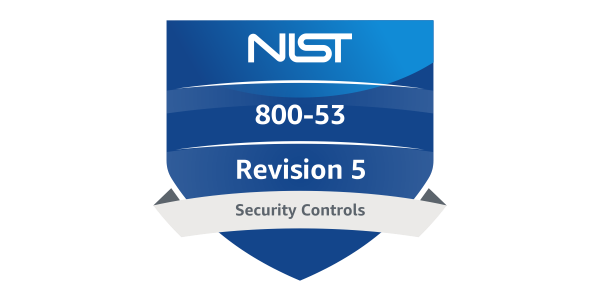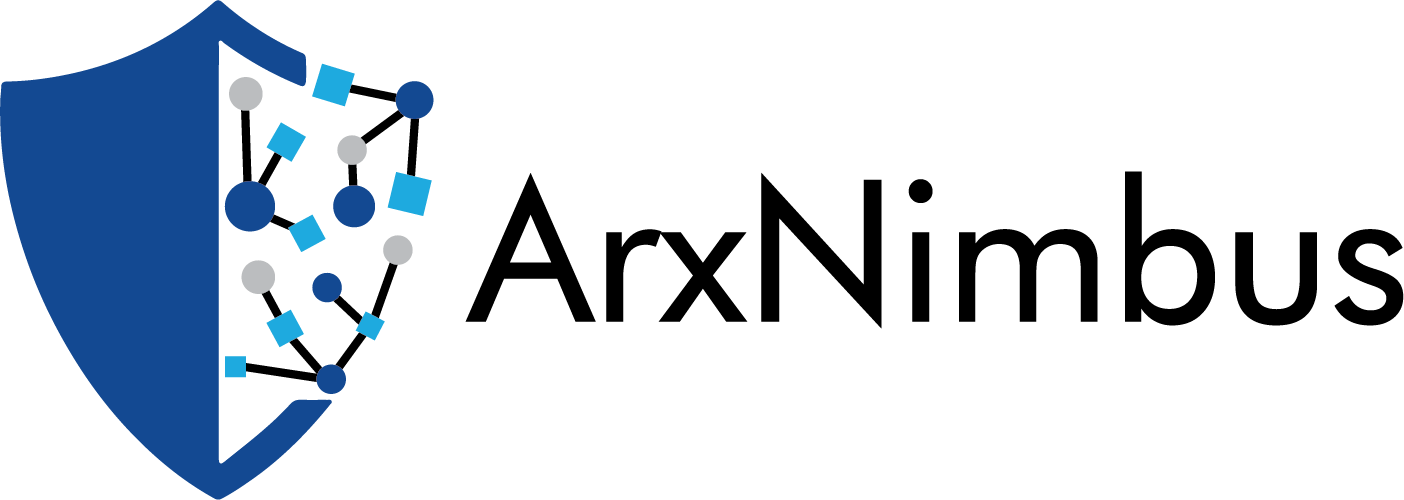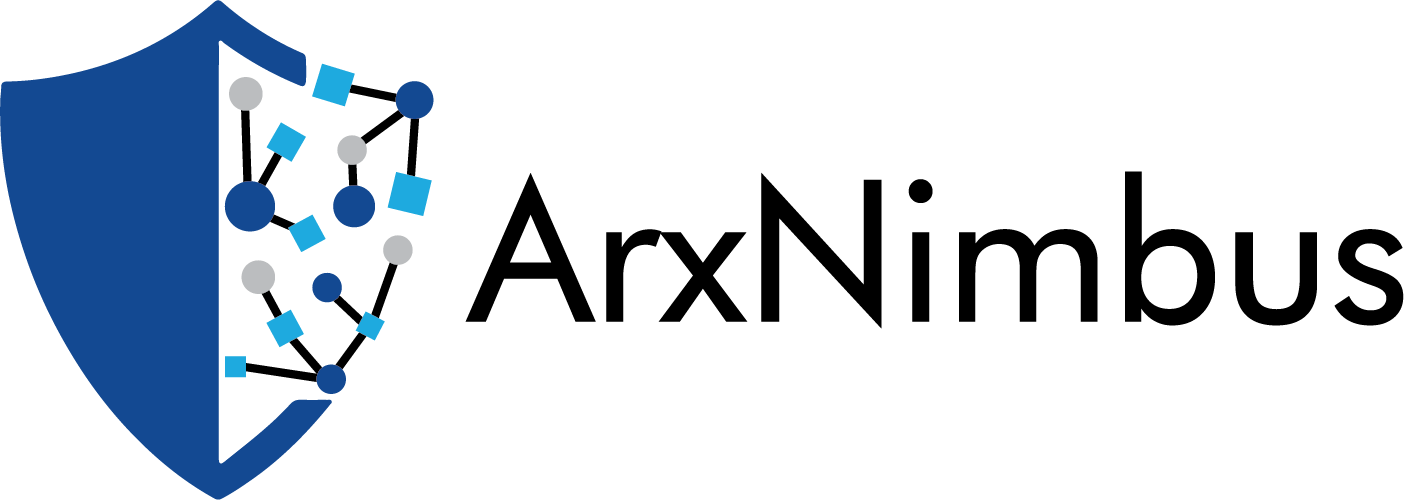NIST 800-53 Framework

The NIST (National Institute of Standards and Technology) Special Publication 800-53 provides a comprehensive set of security controls and guidelines for federal information systems and organizations. It is widely recognized and adopted not only by government agencies but also by private sector organizations globally. Using NIST 800-53 to drive down cybersecurity risk offers several benefits for organizations:
1.Comprehensive Framework: NIST 800-53 provides a well-structured and comprehensive framework for managing and improving an organization's cybersecurity posture. It covers a wide range of security controls and safeguards that address various aspects of information security.
2.Risk-Based Approach: The framework adopts a risk-based approach, helping organizations identify and prioritize security controls based on their specific risks and vulnerabilities. This allows organizations to allocate resources effectively to mitigate the most significant risks.
3.Adaptability and Flexibility: NIST 800-53 is designed to be adaptable to different organizational structures, sizes, and mission requirements. It can be tailored to fit the specific needs and risk profiles of diverse organizations, making it applicable across various industries.
4.Continuous Monitoring and Improvement: The framework emphasizes continuous monitoring and improvement of cybersecurity measures. Organizations are encouraged to regularly assess and update their security controls to adapt to evolving threats and technological changes.
5.Alignment with Best Practices: NIST 800-53 aligns with other cybersecurity best practices and standards, promoting interoperability and integration with other frameworks such as ISO 27001, COBIT, and CIS Critical Security Controls. This alignment enhances the organization's ability to meet industry standards and regulatory requirements.
6.Regulatory Compliance: Many regulatory frameworks and compliance standards, both in the public and private sectors, reference or incorporate elements of NIST 800-53. Adhering to this framework can help organizations meet regulatory compliance requirements and demonstrate due diligence in managing cybersecurity risks.
7.Shared Language and Understanding: NIST 800-53 provides a common language and understanding for discussing and implementing cybersecurity controls. This facilitates communication and collaboration among different stakeholders, including IT professionals, security teams, executives, and auditors.
8.Continuous Updates and Community Input: NIST regularly updates its publications, including NIST 800-53, to reflect emerging threats and technological advancements. The framework benefits from community input, ensuring that it remains relevant and effective in addressing contemporary cybersecurity challenges.
In summary, using NIST 800-53 as a foundation for cybersecurity risk management provides organizations with a robust and adaptable framework that aligns with best practices, supports continuous improvement, and helps meet regulatory requirements. It offers a structured approach to identifying, implementing, and monitoring security controls, ultimately contributing to a more resilient and secure information system.
Thrivaca. How will you use NIST 800-53 to guide the security of your Cyber Risk Management?









